Zeiss Loxia 21/2.8 Rolling Review
Zeiss Loxia 21/2.8 just started to reach its customers. While there is lot of complains about delivery shortage, I was happy to grab one of those beauties soon enough to be motivated to write a post about it.
In my previous Loxia 21/2.8 announcement article – Zeiss Loxia 21mm f/2.8, another good reason to go with Sony A7 cameras! you will find most technical details. In this review, I will focus more on field usage and some comparisons with other lenses.
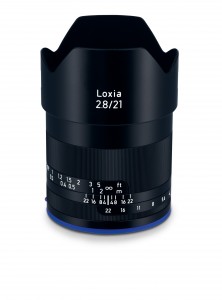 It’s winter time in Prague and it means that most days are short, gray and sad. On the other hand, there is a lot of fog and smoke is billowing from numerous old chimneys, cars and trucks in the endless X-mass traffic jams are adding more smog so that overall atmosphere is rather… nostalgic. This can be good for mood photography, but not so great for testing lenses, because visibility is affected by haze, inversion, smoke, and my affinity to look at the problems through the bottom of my beer mug.
It’s winter time in Prague and it means that most days are short, gray and sad. On the other hand, there is a lot of fog and smoke is billowing from numerous old chimneys, cars and trucks in the endless X-mass traffic jams are adding more smog so that overall atmosphere is rather… nostalgic. This can be good for mood photography, but not so great for testing lenses, because visibility is affected by haze, inversion, smoke, and my affinity to look at the problems through the bottom of my beer mug.
In general, it’s not so cool to wear all that coats, caps, scarfs and gloves (to protect your hands of melting with tripod), to leave kids at home and to go to test some new lens in that freaking cold winter.
Standing somewhere for few hours, changing lenses in those fat gloves, trying to keep tracking on all the shots and settings, cursing myself for leaving flask with tea at home and knowing that my only reward will be most probably heavy flu, is as exciting as watching parliamentary discussion on the TV (Ok I am exaggerating a bit, hardly something can be more stupid than that).
Therefore, my first brief test is reflecting above described excitement in this period of the year , showing you… damn, whatever was closest to my car on my way home.
BTW, we are trying some new “tools” on our site. It seems that we might have finally found IT manager, who will be able to help us with something that I can hardly spell – htmmmll. (Vlado, please stay with us, you are our verybig hope!!!)), In this rolling review we would like to try those new tools, so sorry for annoying bugs and crashes if they happen. (Firefox has some serious issues with zooming tool e.g.).
Our first little improvement is the plug-in called Before and After. (No, it’s not what you mean!!!)
By moving your cursor across the image from left to right, you should reveal other image bellow. We had something similar before, but this time, you can click bellow on the arrows, to move to the next pair of images in the same window. It should make navigation and crop comparison (hopefully) easier.
First comparison is between Zeiss Loxia 21/2.8 and my old and trusty Zeiss Distagon 21/2.8 ZE (recently known as Milvus 21/2.8) on Sony A7 MII. Distagon ZE is mounted on Sony using Metabones III adapter (I am still lazy to replace it for the latest version). Because of the used adapter, there are at least two possible reasons which might significantly affect resulting images – inner flaring and flange distance. I always had and even after many efforts still have doubts, that my Zeiss ZE lenses can’t really reach infinity with Metabones adapters.
First scene at f/2.8
100% comparison crops are representing only f/2.8 images.
Distagon 21/2.8 ZE was one of the few UWA lenses that did rather OK in the edges of the original Sony A7, A7r and later A7 MII cameras, but it still needed to be stopped down to f/5.6 and more in order to get “clean” image across the frame. Even from this very brief test, it is visible that Loxia corner performance at wide open aperture is much improved! Apart of solving corner smearing problems, Loxia seems to control very well vignetting at f/2.8, certainly better than classic Distagon. I will have to run more tests to be sure, but from this initial set-up, it doesn’t seem that light fall off will be a huge issue.
Similar pattern can be seen in the Scene 02.
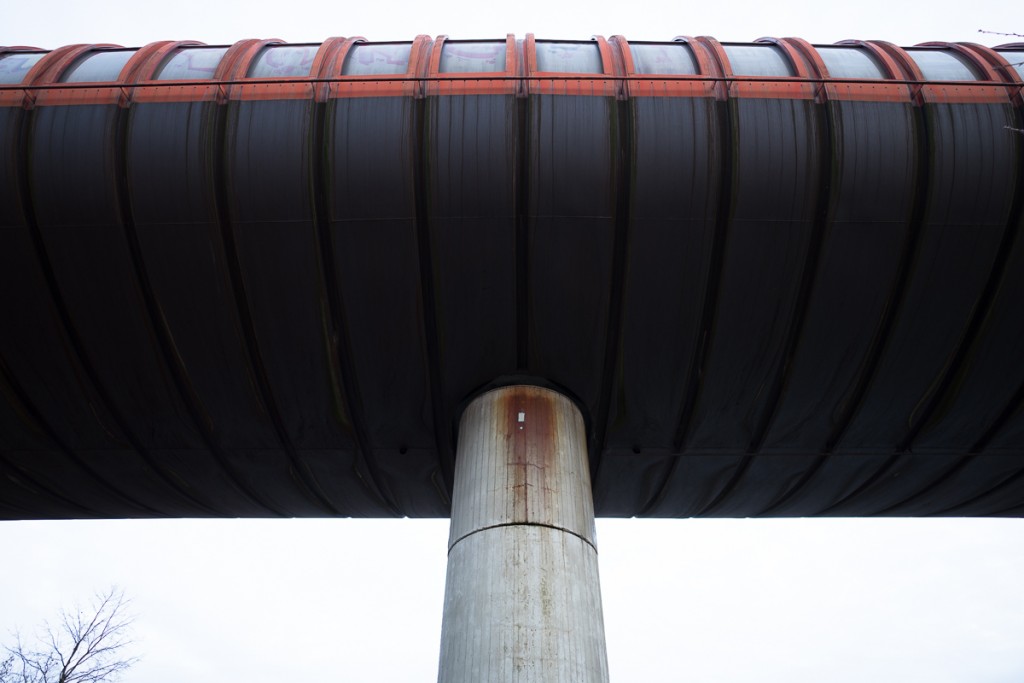 Let’s take a look at 100% crops
Let’s take a look at 100% crops
Looking at the crop No. 4 you can notice different (color) aberrations. While Loxia shows typical purple fringing, classic Distagon has a mix of some sort of blue fringing, blended with a touch of spherical aberration and some extra blooming. Those strange aberrations are not present when lens is used on its native body (at least not this much), so it remains to blame adapter reflections, and/or sensor cover glass system.
My first impression is that Loxia 21/2.8 is very promising UWA match for Sony A7x cameras. Vignetting (aberration that most Zeiss lenses are suffering from), seems improved in comparison to standard Distagon. Corner smearing at wide aperture is gone. Rendering has very nice micro contrast, better than older Zeiss, but that might be due to the inner reflection of my adapter. We might expect some purple fringing in high contrast areas, but it is not followed by blooming (glow) so it should be possible to fix it in pp.
Probably the only issue that I can see so far is distortion, but that will need more testing to quantify. Oh, not to forget, among disadvantages we should count also limited availability and somewhat higher price. But, it’s Zeiss, so I think we are used to both of those “issues”.
To help this page survive, your donation will be highly appreciated.
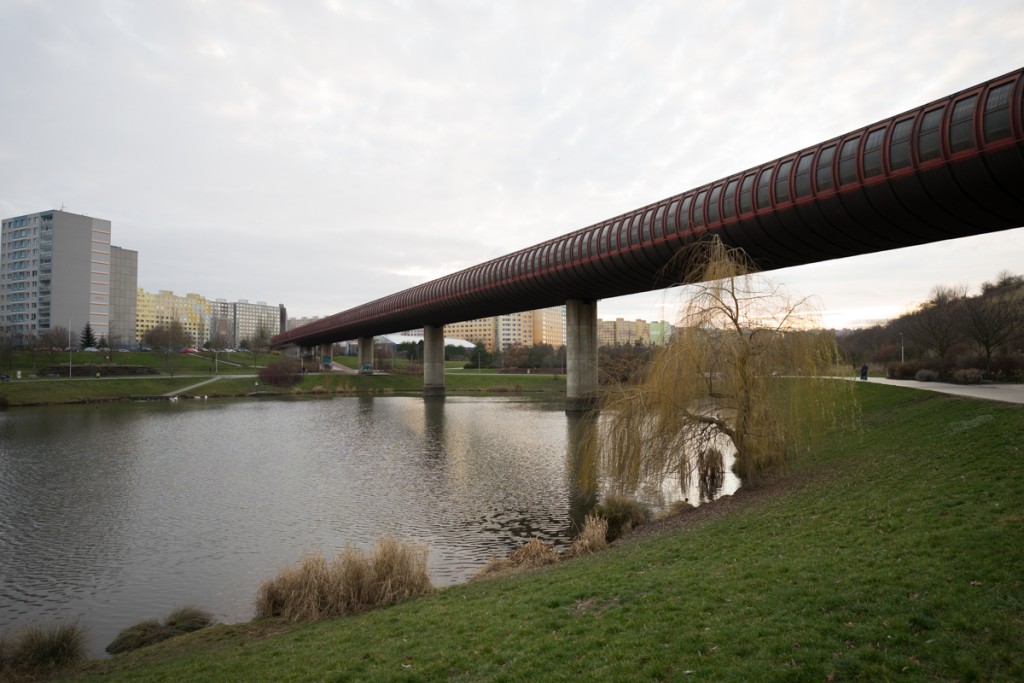
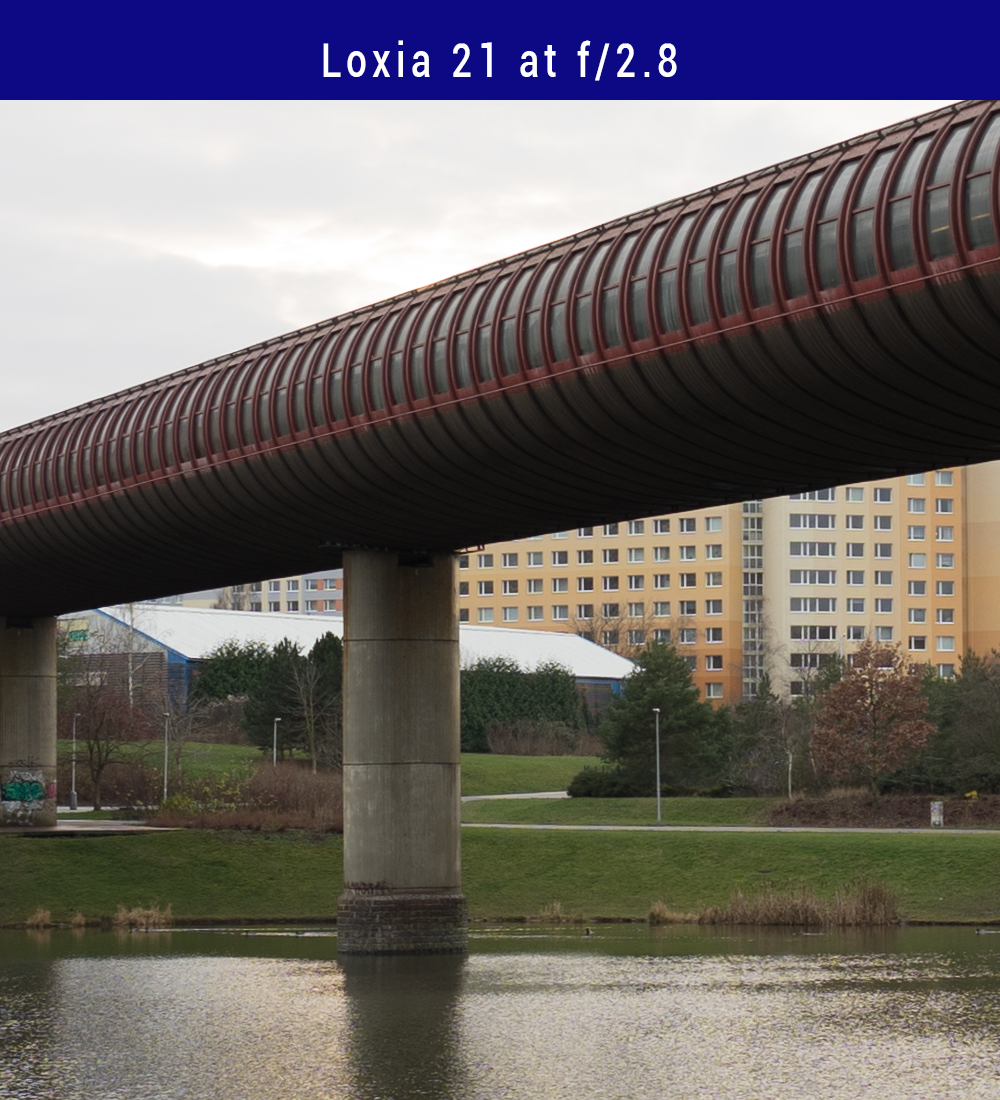
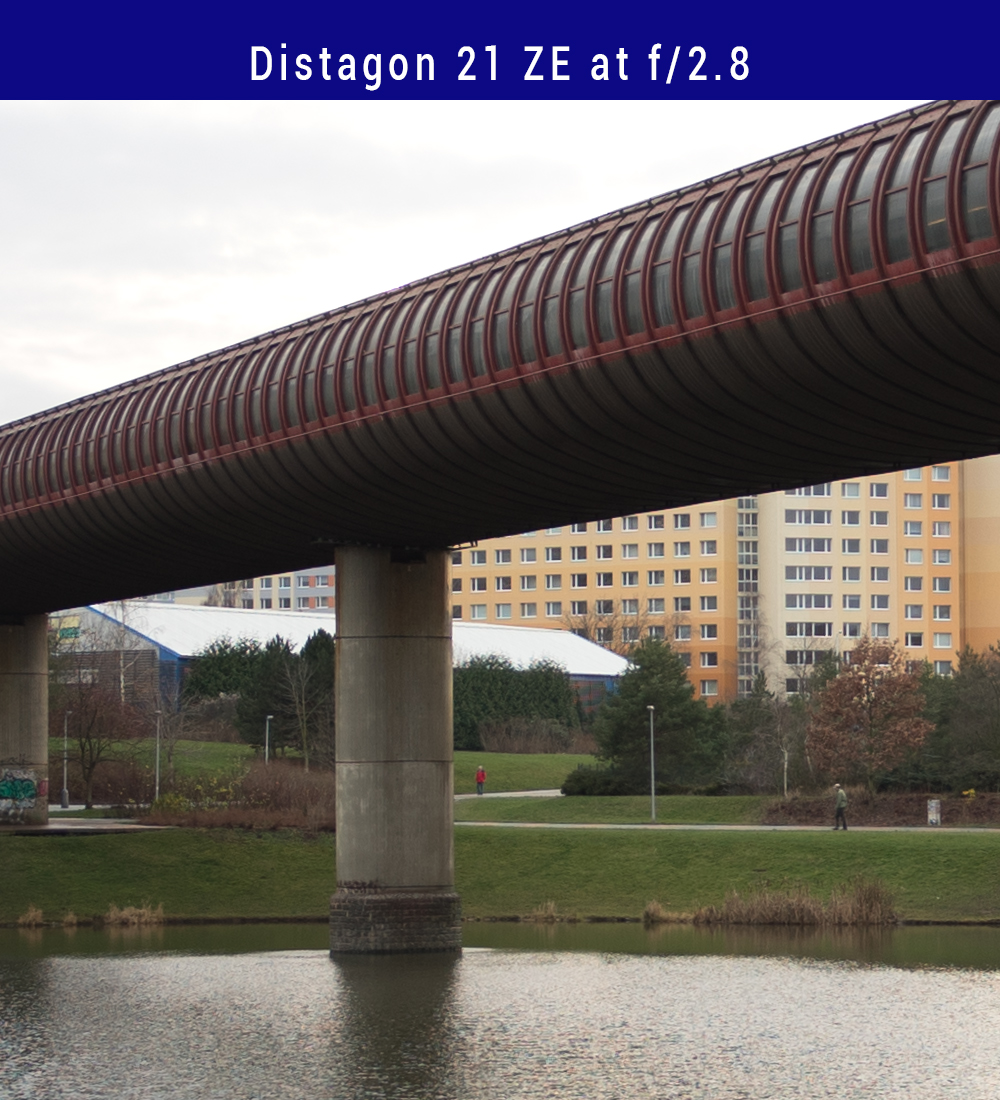
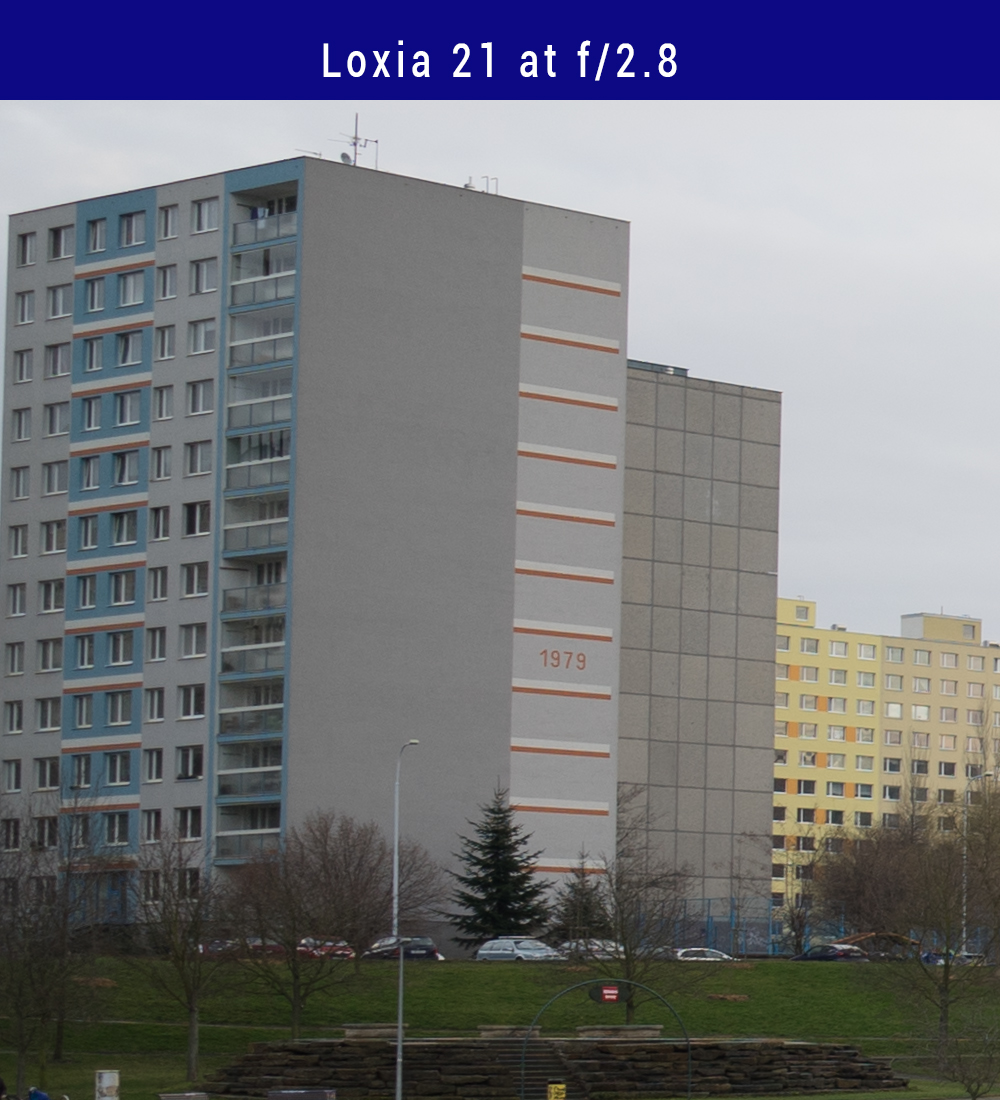
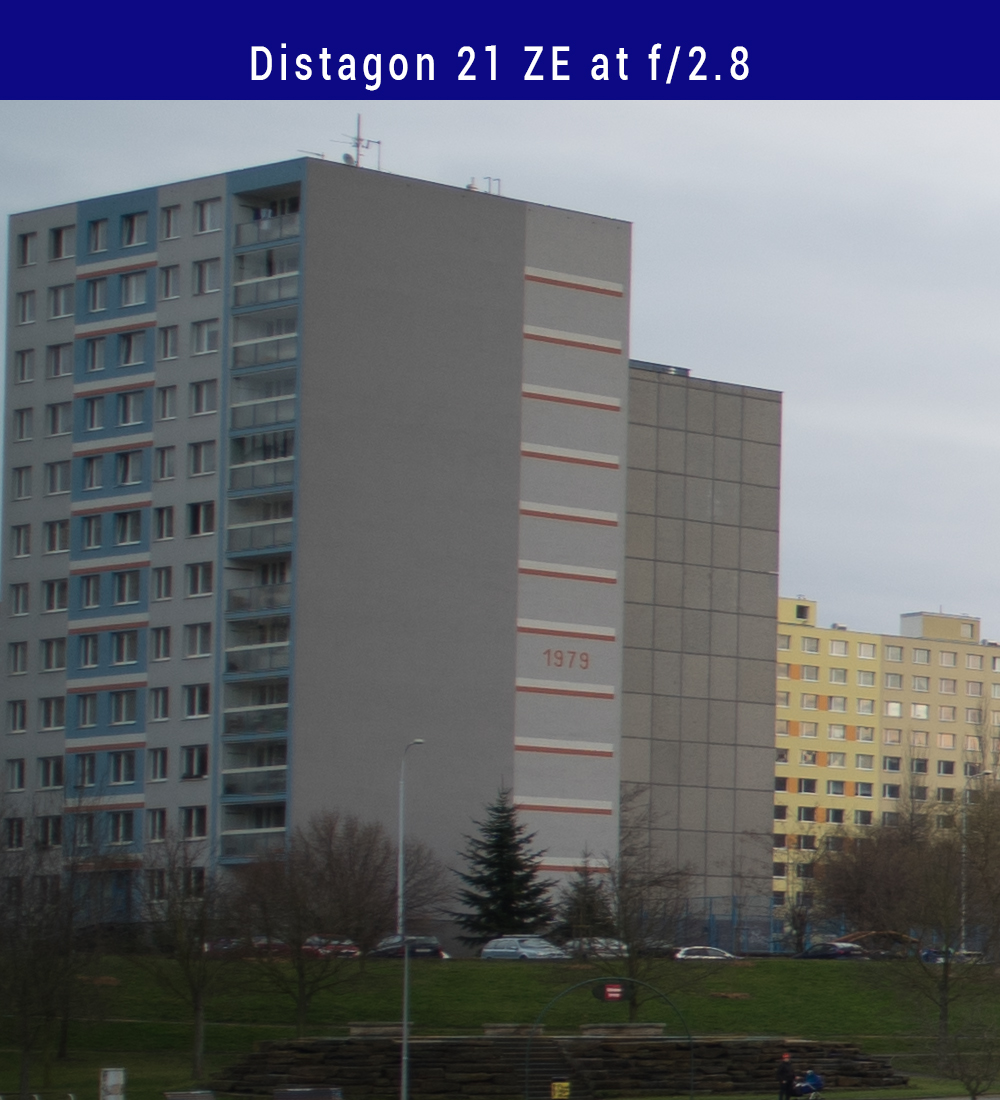
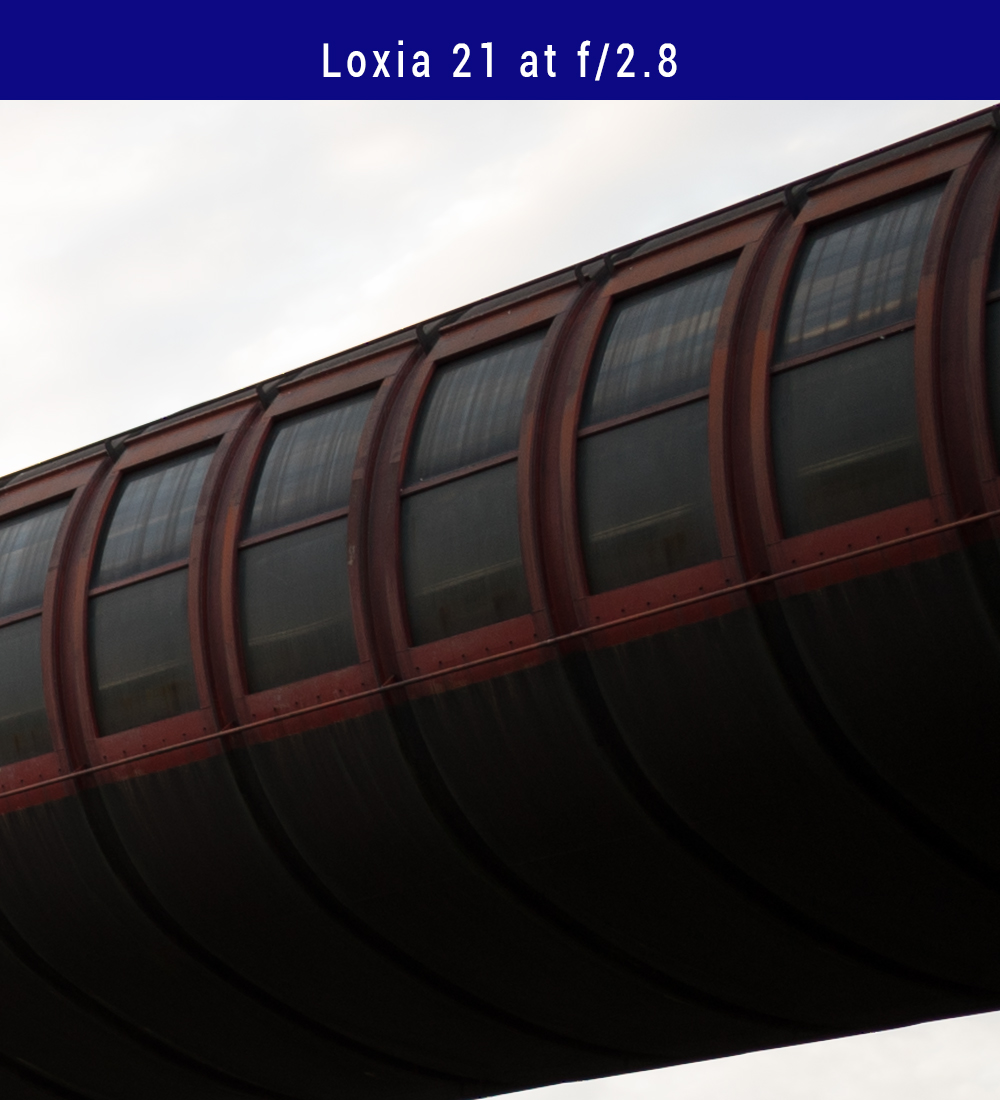
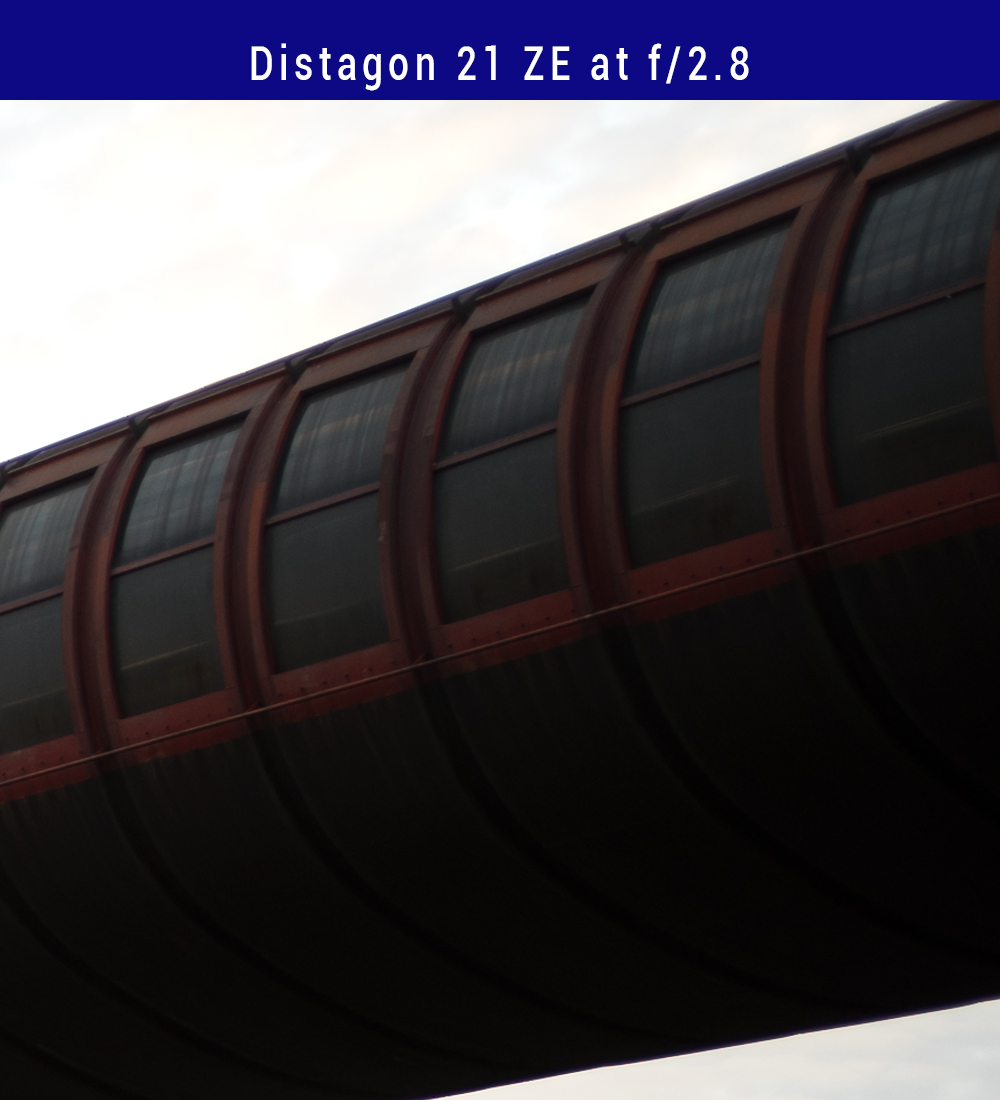
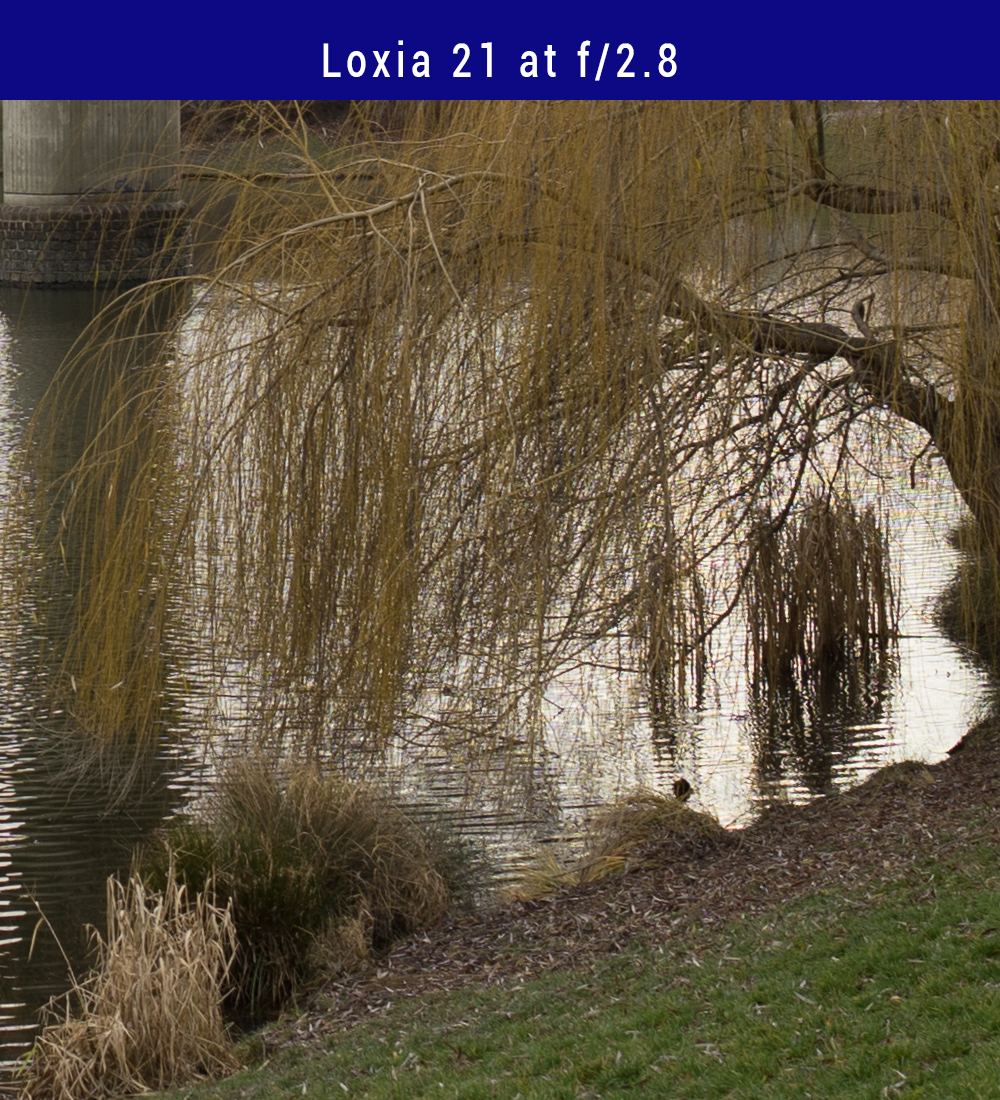
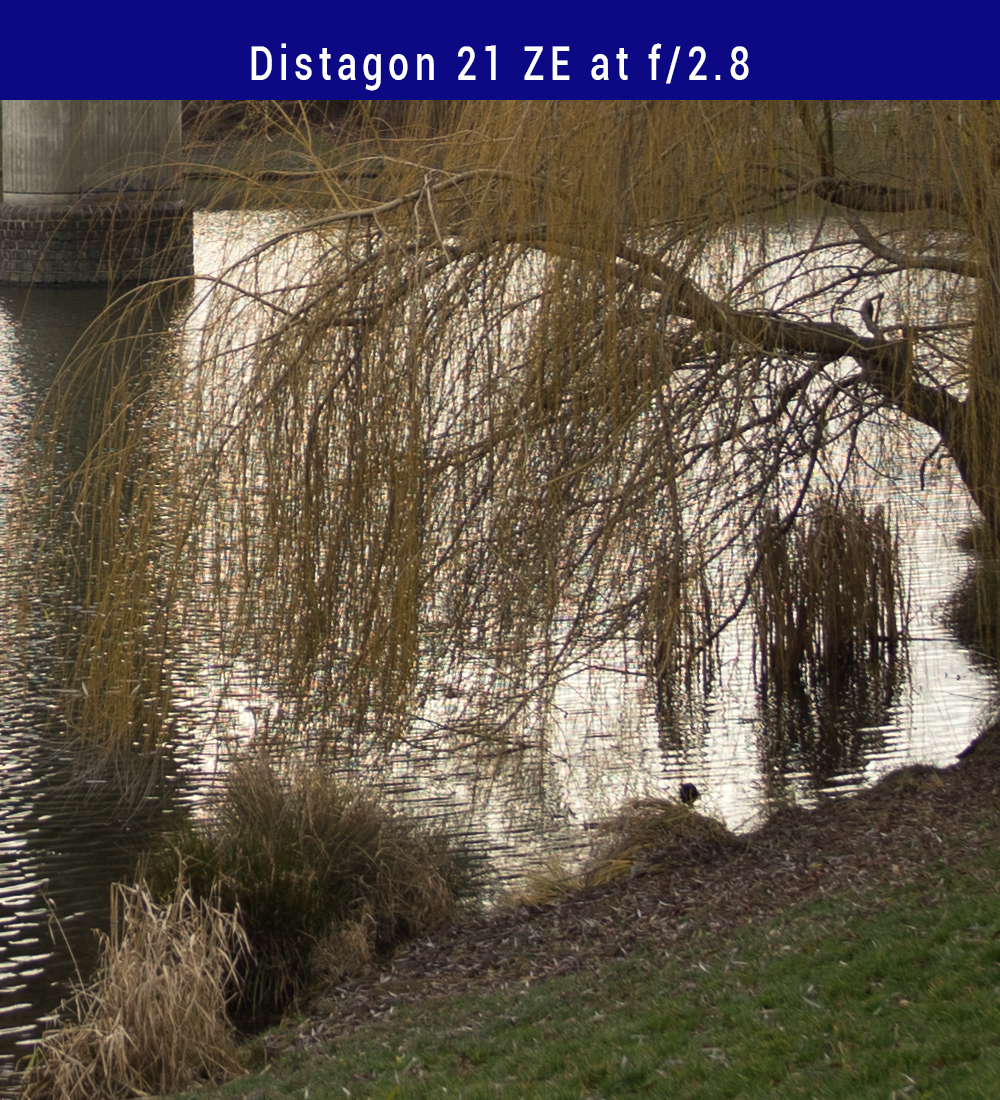
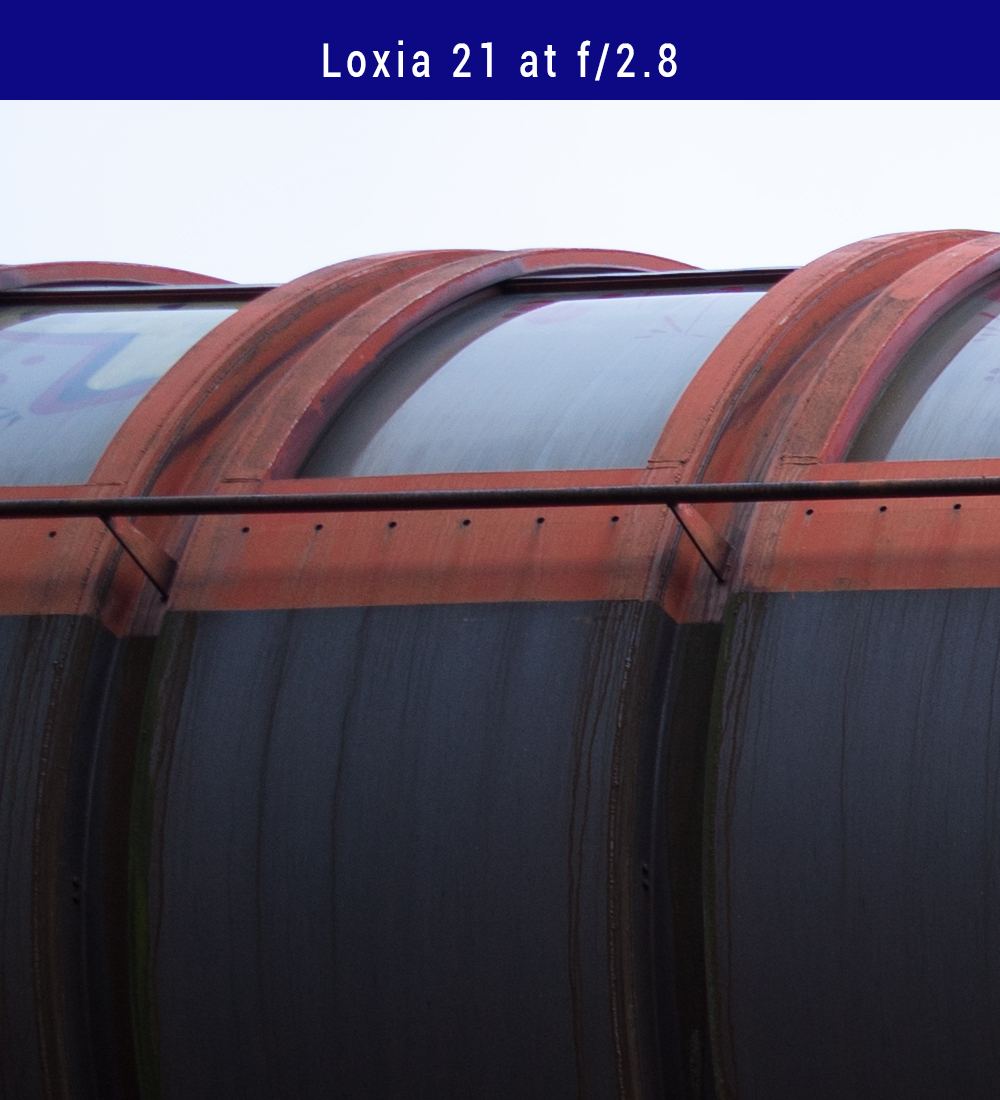
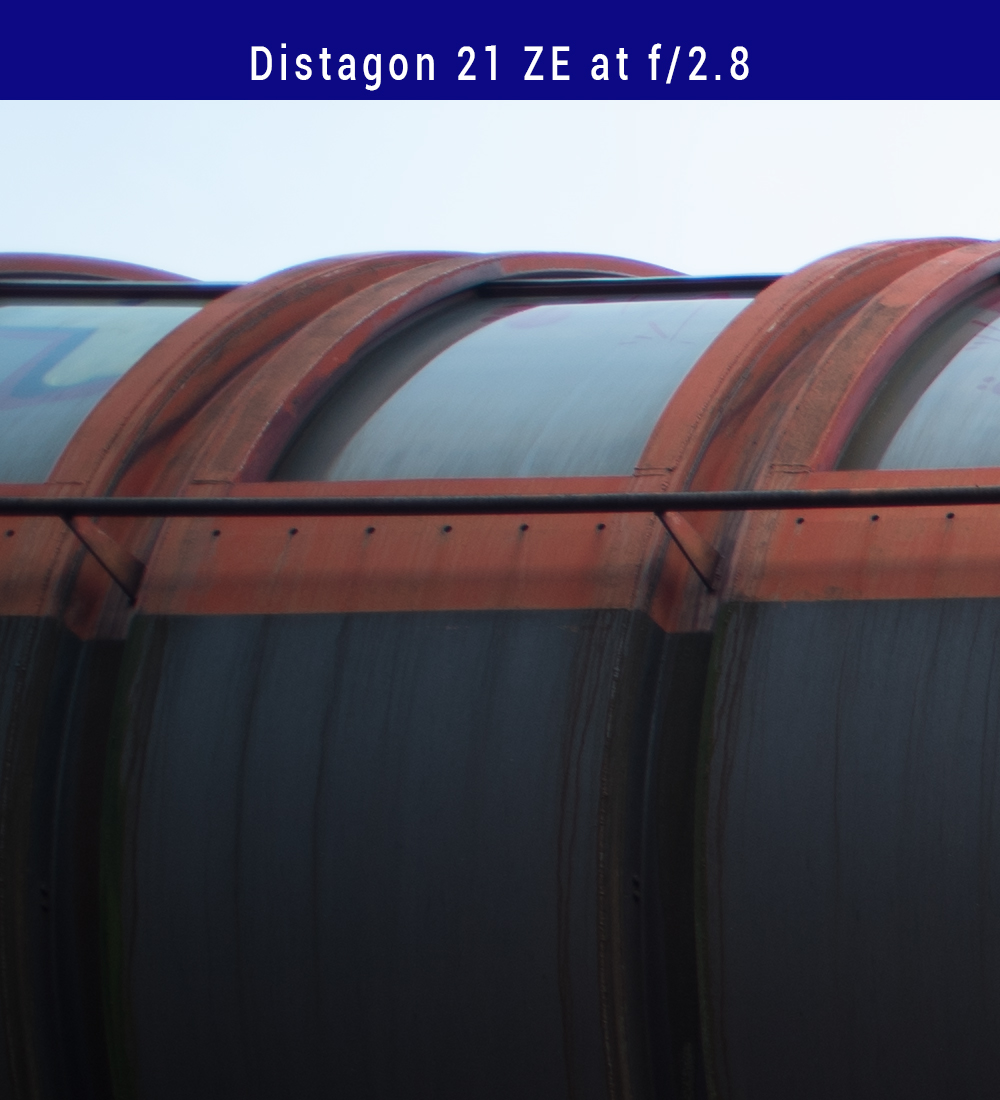
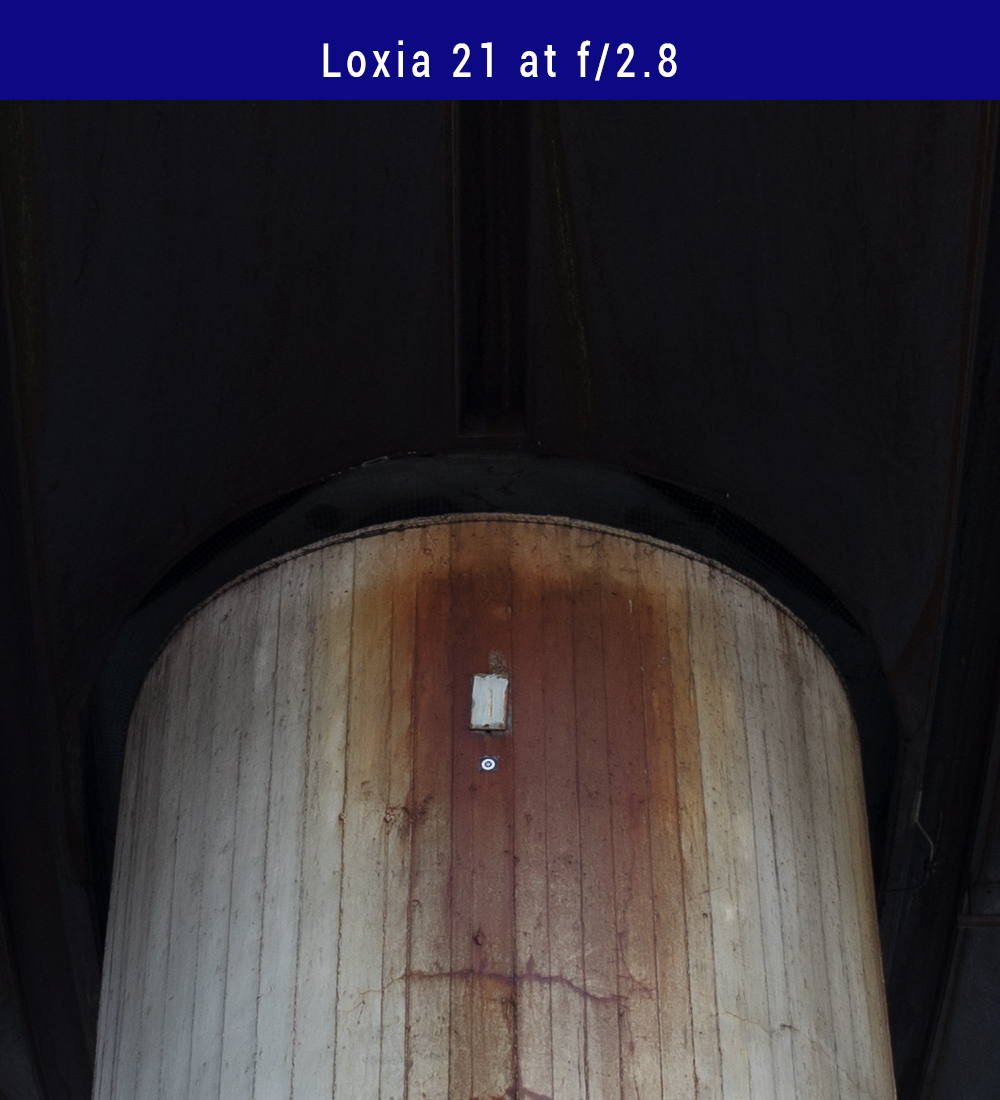
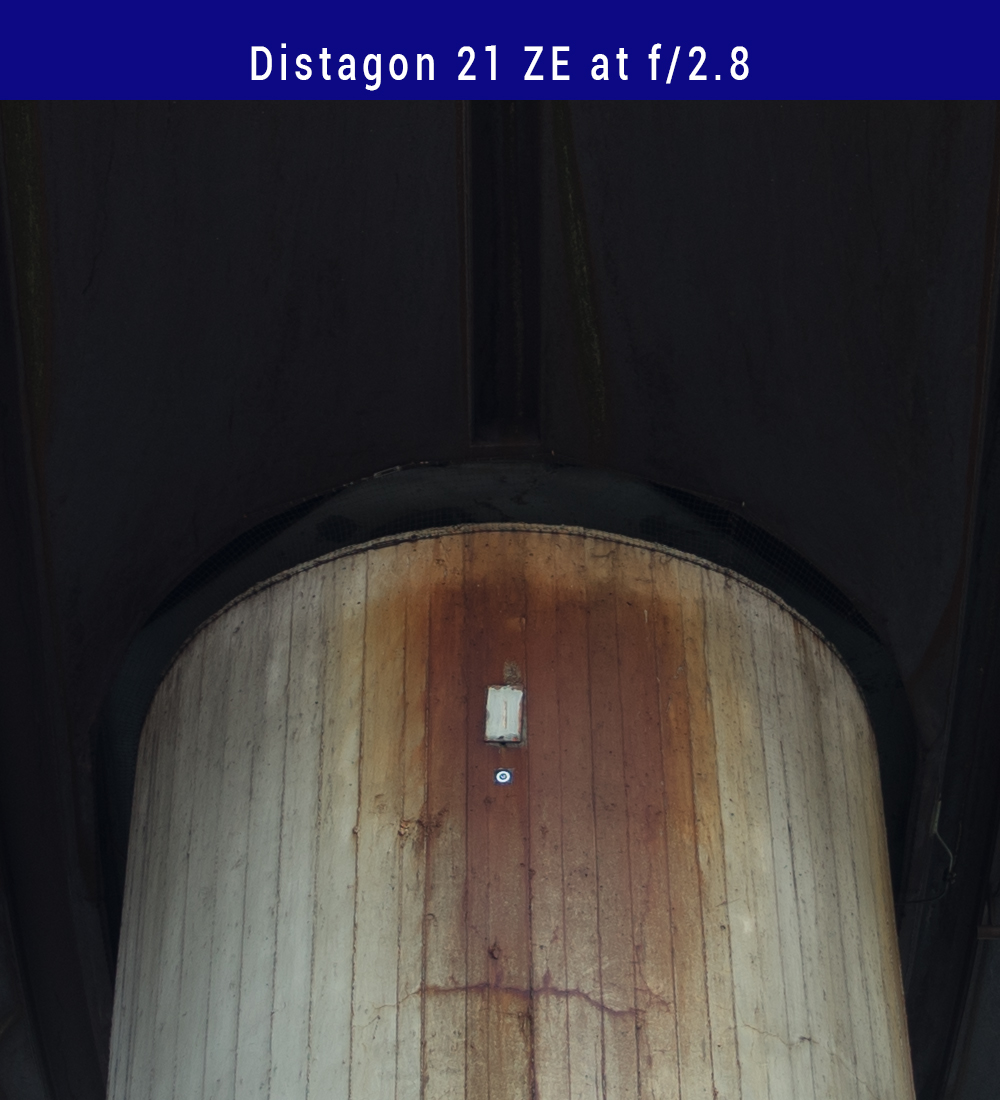
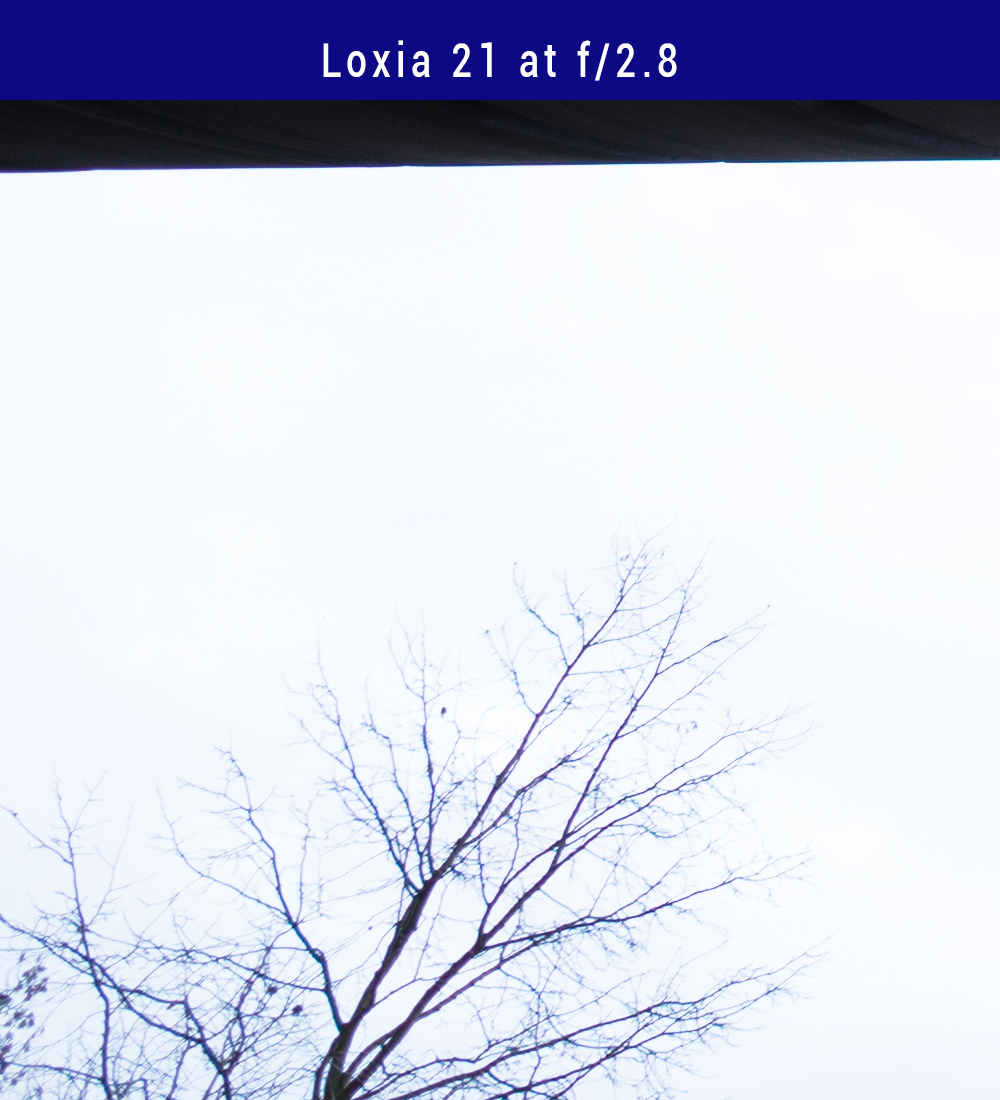
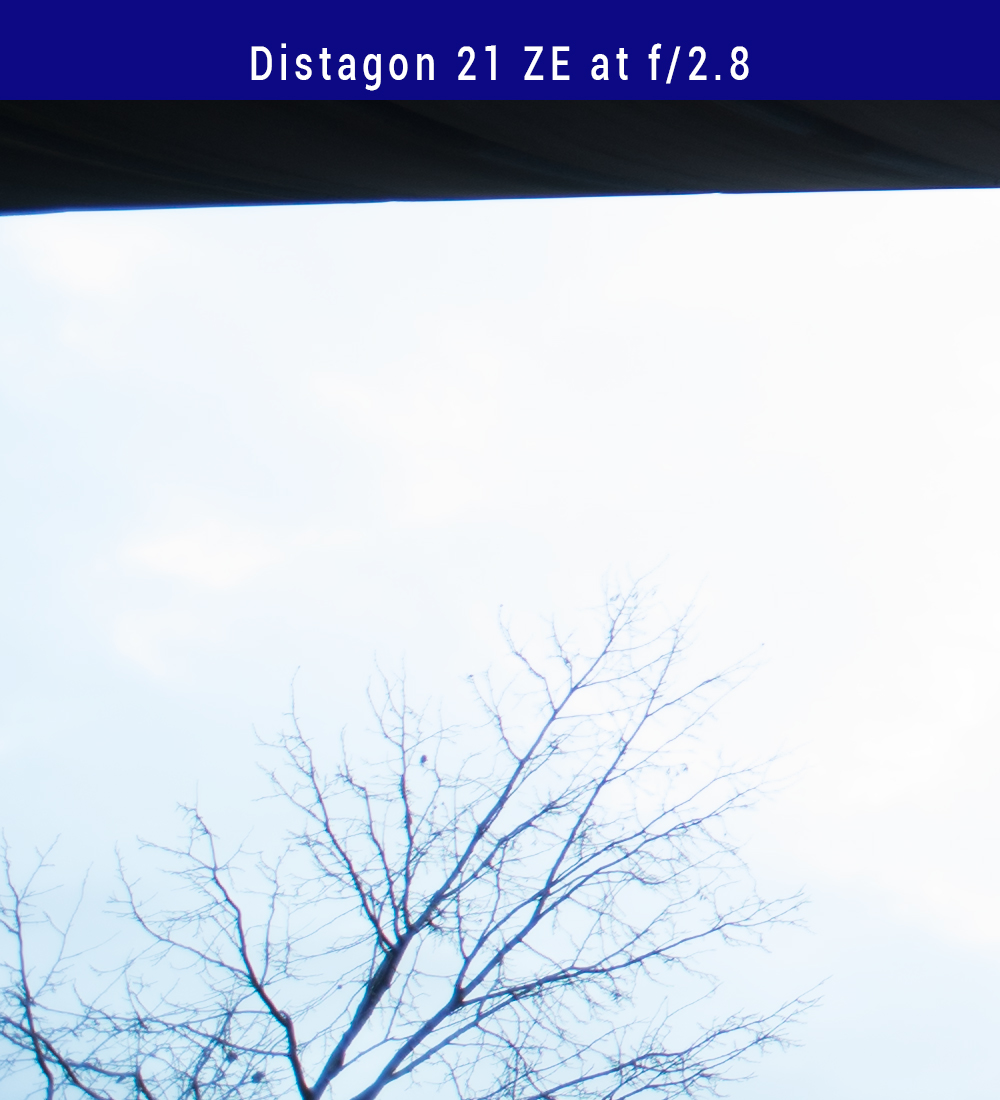
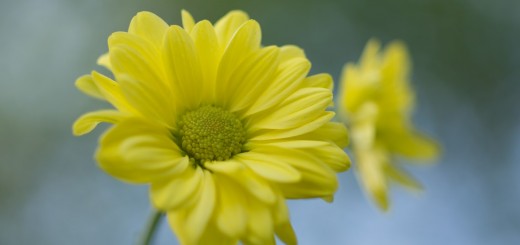
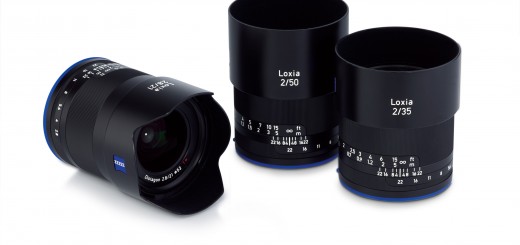
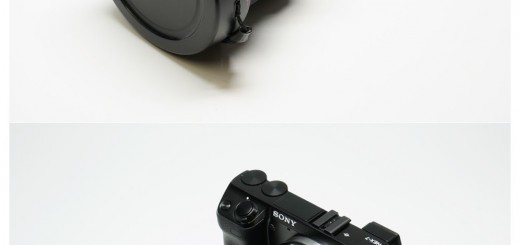













Very good lens overall, despite wavy distortion. Very sharp.
After few months I can’t agree more. One of the best WA lenses I tried so far.
hi Viktor great review. ı have got two Loxia, 21mm and 50mm. I would like to ask 3 question.
1. İs there a huge, big, real etc. 🙂 different image and bokeh quality with ZA 5omm f1.4 planar?
2. Sony and sigma 85mm f value 1.4 and Batis 85mm f value 1.8. So why Loxia f value 2.4 what is the f2.4 purposes?
3. ıf you were in my situation, would you buy Loxia 35mm?
thx a lot.
For 2., read this: http://www.verybiglobo.com/zeiss-loxia-85mm-f2-4-hands-on-photokina-2016/
//VBL: Would you say that compactness is the key selling proposition of the Loxia lenses?
Mr. Cristophe Casenave: Definitely. But without compromising build or image quality. This is why Loxia 85 is “only” f/2.4. We have this 85/4 lens in M mount (Tele-Tessar) and people always said – it might be a bit slow but its size is miraculous, it’s superb. So we tried to make a compromise, to keep the size compact while adding a bit more light. We were opening it more and more and then we said stop, that’s it – f/2.4, that’s a perfect balance between size and speed.